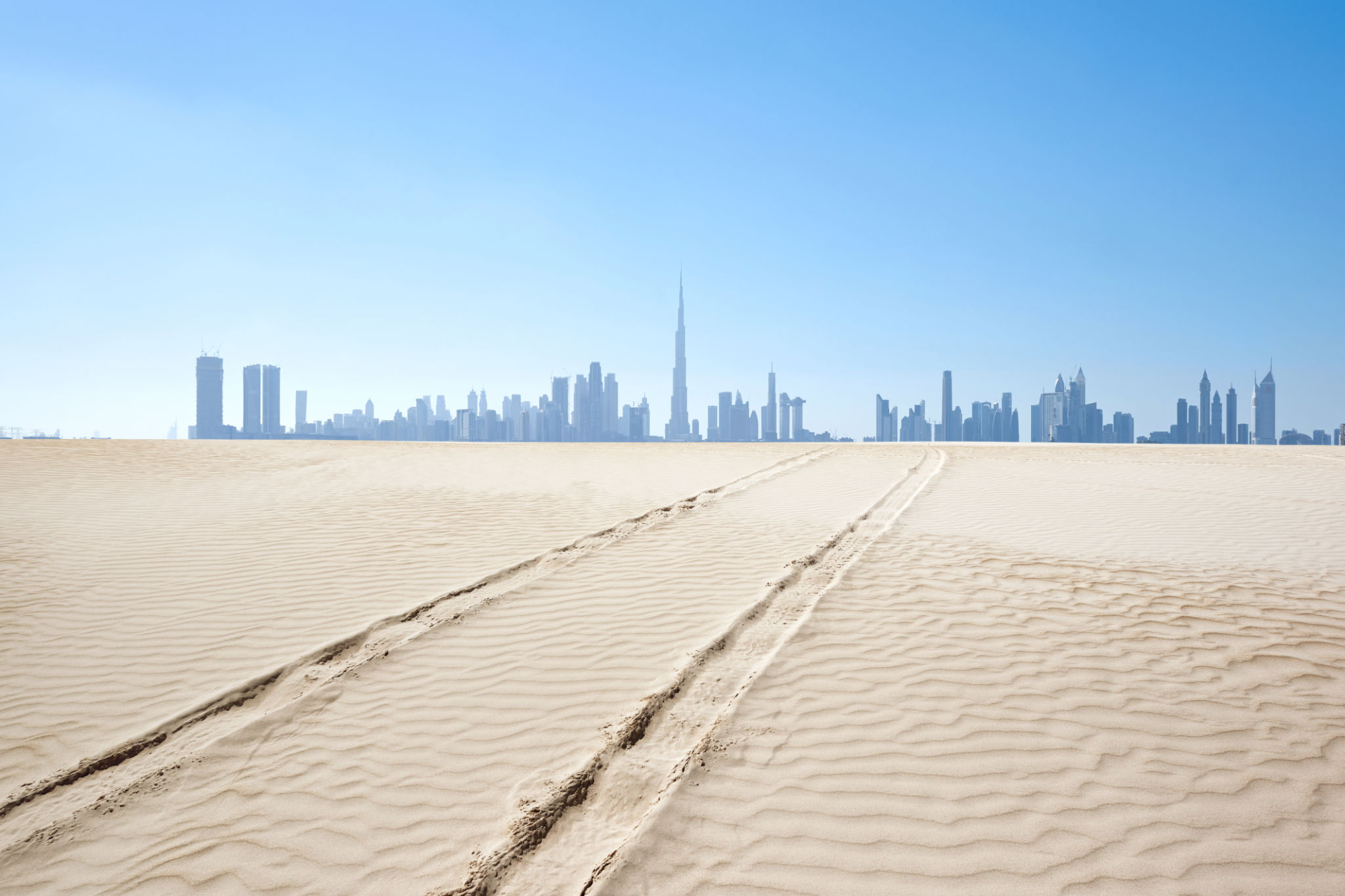Seasonal Travel Tips for Visiting the Middle East
Understanding the Seasons in the Middle East
The Middle East is a region characterized by a diverse array of climates, making it an intriguing destination for travelers seeking unique experiences. The seasons here can vary considerably from one country to another due to the vast geographical expanse. Generally, the summer months, from June to August, can be extremely hot, with temperatures soaring above 40°C (104°F) in some areas. Conversely, the winter months, from December to February, are milder and more pleasant, especially in the northern parts of the region like Jordan and Lebanon.
Travelers should plan their visits accordingly, keeping in mind the weather conditions and how these may impact their activities. Spring and autumn are often considered the best times to visit, offering balmy temperatures and fewer crowds. This is particularly true for popular destinations such as Dubai and Abu Dhabi.

Packing Essentials for Your Trip
Packing for a trip to the Middle East requires some strategic planning, especially given the climate variations. Lightweight, breathable clothing is a must for summer visits. Consider linen or cotton materials that allow your skin to breathe while protecting it from the intense sun. A wide-brimmed hat and sunglasses are important to shield your eyes and face.
During the winter months, especially in mountainous regions or the desert at night, temperatures can drop significantly. Packing a light jacket or sweater can help you stay comfortable. Additionally, if you plan to visit religious sites, modest clothing is required; women may need to bring a scarf to cover their hair.
Staying Safe and Healthy
Your health and safety should be a top priority when traveling to the Middle East. It's crucial to stay hydrated, particularly during the hot months. Carry a reusable water bottle with you and refill it throughout the day. The intense heat can also lead to sunburn, so applying sunscreen with a high SPF rating is advisable.

While the region is generally safe for tourists, it's wise to stay informed about any travel advisories related to your specific destination. Respecting local customs and traditions is equally important to ensure a smooth travel experience. Always research cultural norms beforehand and adhere to them during your visit.
Exploring Local Cuisine
The Middle East is renowned for its rich culinary heritage. Trying local dishes is an integral part of any visit to the region. From the aromatic spices of Moroccan tagines to the savory flavors of Lebanese mezze, there's something to tantalize every palate. Don't miss out on traditional sweets like baklava or kunafa.
While exploring local markets or dining options, be mindful of dietary restrictions or preferences. Many establishments offer vegetarian-friendly choices, but it's always a good idea to ask about ingredients if you have specific allergies or dietary needs.

Planning Your Itinerary
With so much to see and do, planning your itinerary in advance can enhance your travel experience. Whether you're interested in exploring ancient historical sites like Petra in Jordan or indulging in modern luxuries in Dubai, having a well-thought-out plan will ensure you make the most of your time.
Consider creating a balance between guided tours and free exploration. Guided tours can provide valuable insights into historical contexts and cultural significance, while free time allows you to wander at your own pace and discover hidden gems.
Final Thoughts
The Middle East offers a wealth of experiences for travelers willing to explore its diverse landscapes and cultures. By understanding the seasonal variations and preparing accordingly, you can enjoy a memorable trip filled with adventure and discovery. Whether you're traversing deserts or wandering through bustling markets, every moment in this region promises to be unforgettable.